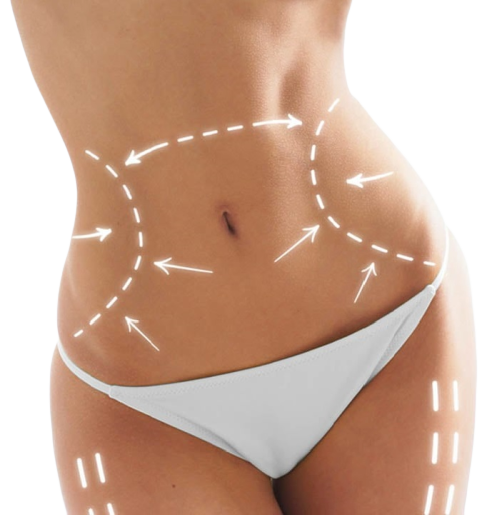Tummy tuck
A tummy tuck — also known as abdominoplasty — is a cosmetic surgical procedure to improve the appearance of the abdomen.During a tummy tuck, excess skin and fat are removed from the abdomen. In most cases, the connective tissues in the abdomen are tightened with sutures as well. The remaining skin is then repositioned to create a more toned look.

A flabby abdomen is caused not only by the accumulation of fat, but also by the poor elasticity of the skin, excess skin, and the stretching of the inner girdle of connective tissue (abdominal fascia) and abdominal muscles that extends from the ribs to the pubic bone. This inner girdle, which holds the internal organs in place, is responsible for the tone and appearance of the abdomen
You might consider a tummy tuck if:
- You have a weak lower abdominal wall
- If you’ve previously had a C-section, your plastic surgeon might be able to incorporate your existing C-section scar into your tummy tuck scar.
- A tummy tuck can also be done in combination with other body contouring cosmetic procedures, such as a buttock lift (belt lipectomy).
What you can expect
After a tummy tuck, your abdominal incision and your bellybutton will likely be covered with surgical dressing. Small tubes might be placed along the incision site to drain any excess blood or fluid.
Your bed will be positioned to keep your upper body slightly raised and your knees at an angle for the first few days after surgery. Members of your health care team will also help you walk as early as the first day after a tummy tuck to help prevent the formation of blood clots.
For the first three months after a tummy tuck, you’ll need to take care when moving and avoid positions that strain your incision line — such as quickly bending at the waist — to prevent the re-opening of the wound. In addition, you’ll need to schedule follow-up visits with your doctor for the next year.




